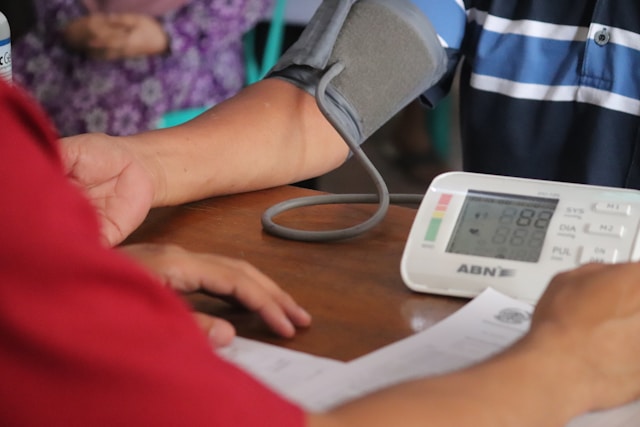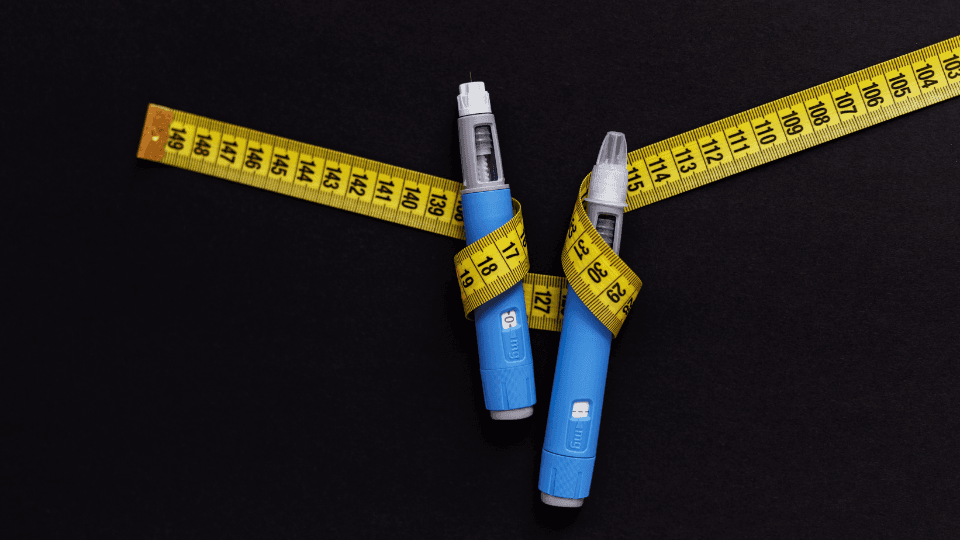Back
25 Nov 2021
Vitamin D 202

Dr Jarrad Van Zuydam | Sports Physician
In our previous article on vitamin D, we explained the function and importance of this prohormone on various body functions. The far-reaching positive health benefits of sufficient vitamin D levels are undeniable, but it’s time now to explore the consequences of not getting enough and how to make sure that you do.
What happens if I don’t get enough?
Vitamin D deficiency is common and insufficiency is even more common. Symptoms of deficiency are subtle and may take years to manifest. In athletes, complaints of fatigue, poor recovery, muscle aches, or even lack of motivation to train often accompany sub-optimal levels of vitamin D.
In older adults, deficiency is linked to osteoporosis, reduced bone quality, and increased risk of falls and fractures. People with low levels are also more prone to heart disease, diabetes, cancer, dementia and autoimmune diseases. Most concerning of all, vitamin D deficiency is linked to a reduced life expectancy.
How do I get more of it?
You’ll be pleased to hear that by far the best food source of vitamin D is that tasty treat, cod liver oil. Just one tablespoon can provide 227% of the RDI!
For those of you with taste buds, try some of these vitamin D rich winners:
Salmon
Tuna
Beef liver
Eggs (mostly the yolks)
Sardines
Certain mushrooms
Fortified dairy products
If your levels are low, dietary sources may not be enough to quickly get you back to normal meaning that a vitamin D supplement may be necessary. A 1000 - 2000 IU dose of vitamin D3 is sufficient to meet the needs of most of the population but higher doses may be required in those with severe deficiency.
Remember that your body is able to manufacture its own supply of vitamin D from dietary cholesterol but in order to do this, it needs the help of sun-exposed skin. There is only a sufficient amount of UV light coming from the sun when the UV index is 3 or higher, meaning that we are at a higher risk of deficiency during the winter months. 20 minutes per day of sun exposure to the chest and abdomen or back is usually sufficient to keep levels topped up but dark-skinned individuals may require longer exposure than fair-skinned individuals. No degree of sunburn is acceptable in the pursuit of raising vitamin D so be sure to cover up after getting some initial sun exposure.
Can I overdo it?
Well, yes.
Because vitamin D is fat-soluble, it can be stored in the body and can rise to dangerous levels. This is a relatively rare occurrence but could be encountered in individuals taking high doses of vitamin D over extended periods. According to the U.S. National Academy of Medicine, the safe upper limit is a dose of 4,000 IU (100 mcg) per day but doses this high are only necessary for those with severe deficiency.
So, do you know your vitamin D level? If not, it might be a good time to head to your local lab.













